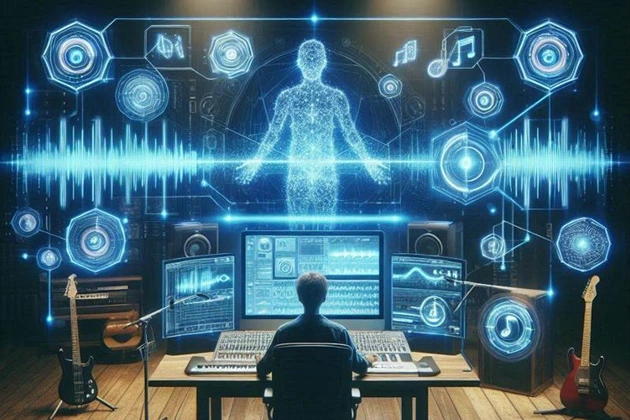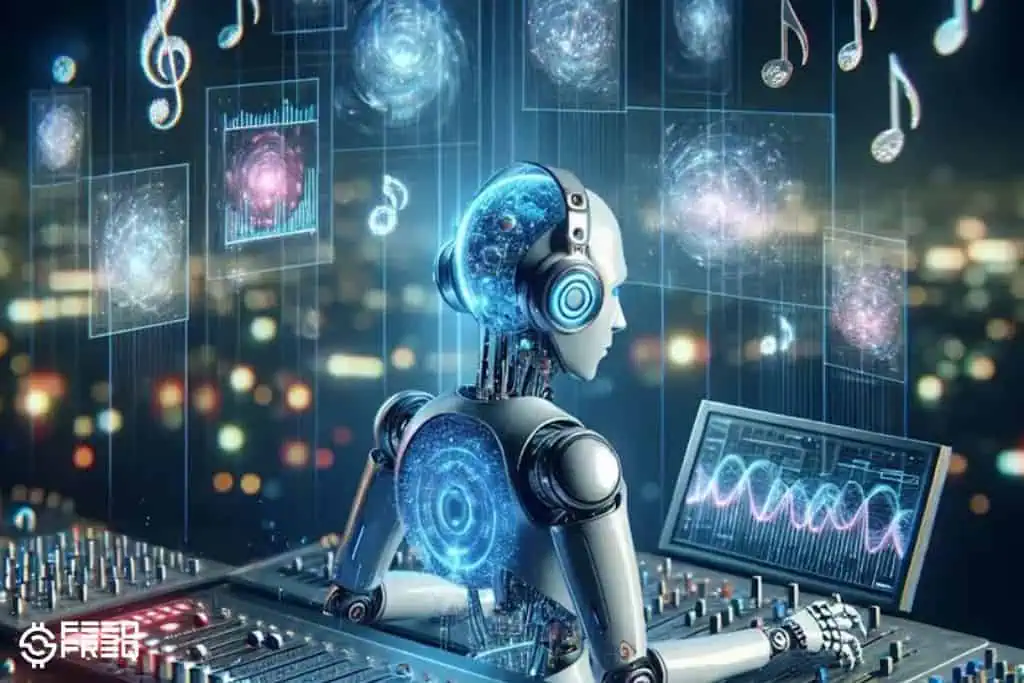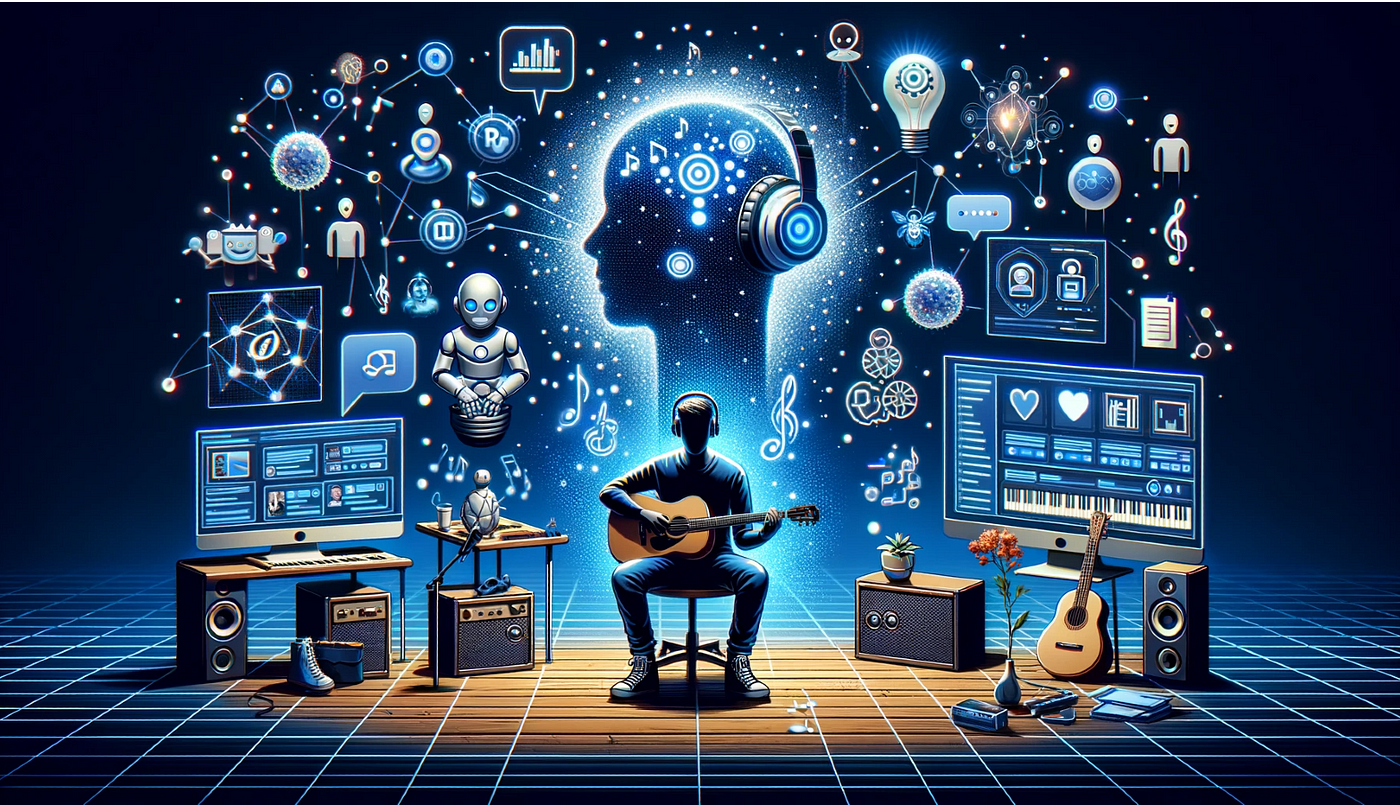Artificial Intelligence (AI) has steadily evolved in the world of music, transforming how compositions are created, performed, and experienced. From experimental algorithms in the 1950s to today’s AI-generated hits, understanding the history of AI in music reveals how technology has become a vital part of musical innovation.
How Did AI Enter the Music World?
AI in music began as a scientific experiment and gradually became a creative tool. Over the decades, advances in machine learning, computing power, and data processing enabled AI to not only analyze music but also to compose, produce, and even perform it.
Key Milestones in the History of AI and Music
1950s–1960s: The Experimental Beginnings
AI’s journey in music started with early computing pioneers like Lejaren Hiller, who, along with Leonard Isaacson, created the Illiac Suite (1957) — the first composition written by a computer. This marked the beginning of algorithmic composition, where music was generated based on programmed rules.
1970s–1980s: Rule-Based Composition
During this period, AI systems focused on symbolic rule-based approaches. Programs like EMI (Experiments in Musical Intelligence) developed by David Cope could mimic the style of classical composers. These systems analyzed patterns and structures to generate music that resembled human compositions.
1990s: Neural Networks and Machine Learning
The rise of more powerful computers allowed researchers to use neural networks to model musical understanding. These systems began learning from existing compositions rather than following hard-coded rules, enabling more natural-sounding outputs and a broader range of musical styles.
2000s: Real-Time Interaction and Improvisation
AI started to be used for real-time performance, where machines could interact with live musicians. Projects like Continuator allowed AI to listen to a musician’s improvisation and respond intelligently, opening new avenues for interactive music-making.
2010s: Deep Learning and Popular Music
With the advancement of deep learning, AI systems such as Google’s Magenta, Sony’s Flow Machines, and OpenAI’s MuseNet began producing sophisticated musical compositions. AI-generated songs started to make headlines, including “Daddy’s Car,” a pop song in the style of The Beatles composed with AI assistance.
2020s: AI in Mainstream Music Production
AI is now integrated into everyday music production tools. Platforms like Amper Music, AIVA, and Endlesss allow artists and producers to compose background music, generate beats, or explore new soundscapes. AI also helps with music recommendation systems, remixing, voice synthesis, and lyrics generation.
Challenges and Debates
While AI has become a powerful tool in music, its growth raises important questions:
- Authorship and Ownership: Who owns music created by AI?
- Creativity vs. Automation: Can AI truly create, or is it just copying patterns?
- Impact on Musicians: Will AI replace human musicians or inspire new collaboration?
Conclusion
The history of AI in music is a story of innovation, experimentation, and creative expansion. What began as a technical curiosity is now a mainstream force reshaping how music is imagined and made. As AI continues to evolve, it will likely become an even more integral partner in musical creativity—challenging artists to rethink the boundaries of sound and expression.







Leave feedback about this